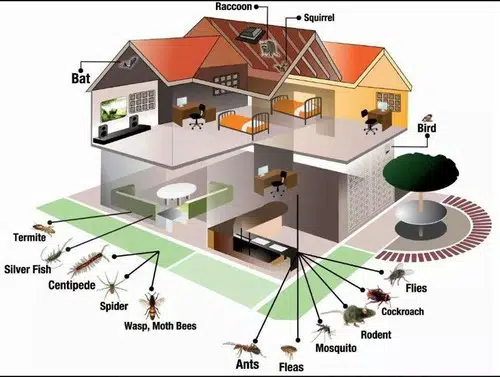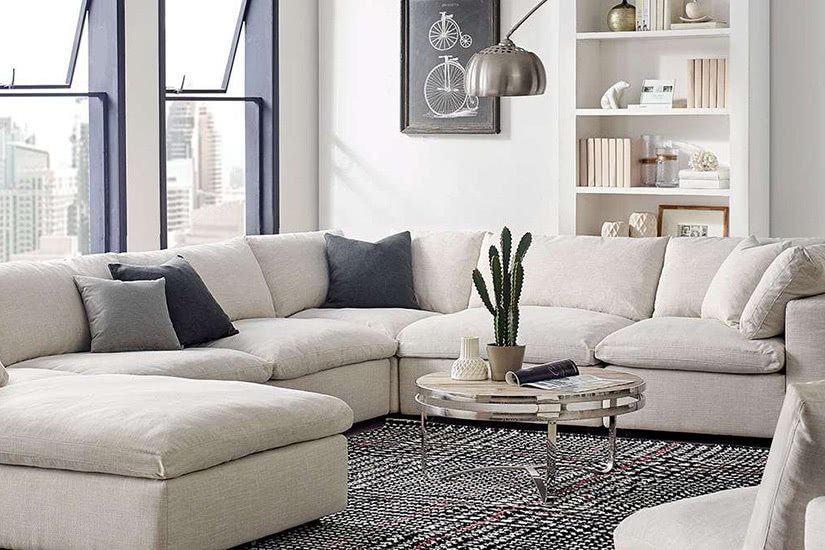The Best Guide on how to choose low-maintenance Plants For your Home


We all know about the benefits of having indoor plants. This article is helpful for those who want to choose low-maintenance indoor plants but need help knowing where to start. Look what wonders they can do if you keep them around your home.
• First, plants purify the environment by absorbing carbon dioxide and releasing oxygen.
• They can also help to improve concentration and focus.
• They boost moods and creativity.
• In addition, they have been shown to reduce stress levels and promote relaxation.
Consider a few things to add some plants to your indoor space:
• First, ensure enough sunlight for the plant you want to grow. Some plants require direct sunlight, while others do better in lower-light conditions.
• Second, consider whether you want a low-maintenance plant or one that requires more care.
A few low-maintenance indoor plant options:
Finding time to care for our green friends in today’s fast-paced world seems challenging. Here are a few easy-to-care-for plant options that will brighten up any space. Let’s discuss them briefly.
Aloe Vera:
Aloe vera is a succulent that does well in bright, indirect light.
Water it once a week, allowing the soil to dry out completely between watering. It’s a great addition to any home, known for its soothing properties. Aloe Vera gel can soothe burns and other skin irritations.
Snake plants:
They need low light and infrequent watering, making them ideal for beginners or busy one. You can wait until the soil is arid before watering it again and putting it in a well-lit area shielded from the sun.
Philodendron:
Philodendrons have large, glossy leaves that come in various shapes and sizes. Some Philodendron varieties have leaves with split or lobed edges.
They can prosper in multiple indoor environments with less effort. They thrive well in bright, indirect light but will also have the capacity to tolerate low-light conditions. These plants prefer moist soil but will take periods of drought.
ZZ plant:
The ZZ plant is a great indoor plant option. It is a low-maintenance plant that does not need a lot of water or sunlight. The ZZ plant is also very resilient and can survive for a week without water.
Pothos:
One of the most important reasons for Pothos’ popularity as an indoor plant is that it’s easy to care for and thrives in many conditions. Also known as devil’s ivy, pothos is a trailing vine that can grow up to 10 feet long.
• Please place them in a bright room with indirect sunlight to care for pothos.
• Water when you find the top inch of soil dry to the touch and fertilize monthly
• during the growing season (spring and summer).
• Pothos is also one of the few houseplants that can tolerate neglect.
• What if you forget to water it for a while? Don’t worry; it will bounce back without any problems.
Peace lily:
Native to tropical regions, the peace lily can thrive indoors with little maintenance. Have a look at a few tips for keeping your peace lily healthy:
• Place the peace lily in a spot with indirect sunlight. Excessive exposure to sunlight will cause the leaves to brown.
• Overwatering can lead to root rot.
• Fertilize monthly during the growing season.
Fiddle Leaf Fig:
The Fiddle Leaf Fig is a beautiful, easy-to-care-for indoor plant option.
The Fiddle Leaf Fig can make a statement in any home with its large, glossy leaves. Native to Africa, this tropical plant loves bright, indirect sunlight and humid conditions.
Only water it when you find the soil dry and fertilize it every month during the growing season. With proper care, your Fiddle Leaf Fig will thrive indoors for years to come.
Rubber plant:
A rubber plant (Ficus elastica) is a famous indoor tree that is easy to care for. They thrive in warm, humid climates and need bright, indirect sunlight to survive.
Don’t worry about watering your rubber plant unless you find the top inch of the soil dry to the touch.
• Drain the water completely before putting the pot back in its place.
• These plants are sensitive to fluoride, so use distilled or rainwater preferably.
• During the growing season, Fertilize rubber plants With a half-strength balanced fertilizer once a month at least.
• Rubber plants can be susceptible to mealybugs, scale, and spider mites.
Dracaena:
About 120 tree and succulent species are classified under the genus Dracaena. They are native to Africa, Madagascar, and southern Asia. The term dracaena is derived from the Greek word for “female dragon.”
Dracaenas are popular houseplants because they are relatively easy to care for. They can tolerate low light conditions and infrequent watering. When watering, allow the soil to dry out completely between waterings.
Dracaenas can be propagated from stem cuttings. To do this:
• Remove a 6-to-8-inch section of the mother plant’s stem below a leaf node.
• Please remove the cutting’s lower leaves and put them in a moist pot.
• Maintain a warm, humid environment for the cuttings until new growth appears.
Conclusion:
Hopefully, this article provides insight into many low-maintenance options for indoor plants to choose from and brighten up your space. From snake plants to philodendrons, there’s an indoor plant perfect for every home.
And the best part? These plants are nearly impossible to kill, so even those with a black thumb can enjoy the positive effects of having greenery in their space.
If you’re ready to add some life to your home, consider one of these ten easy-to-care-for indoor plants.









